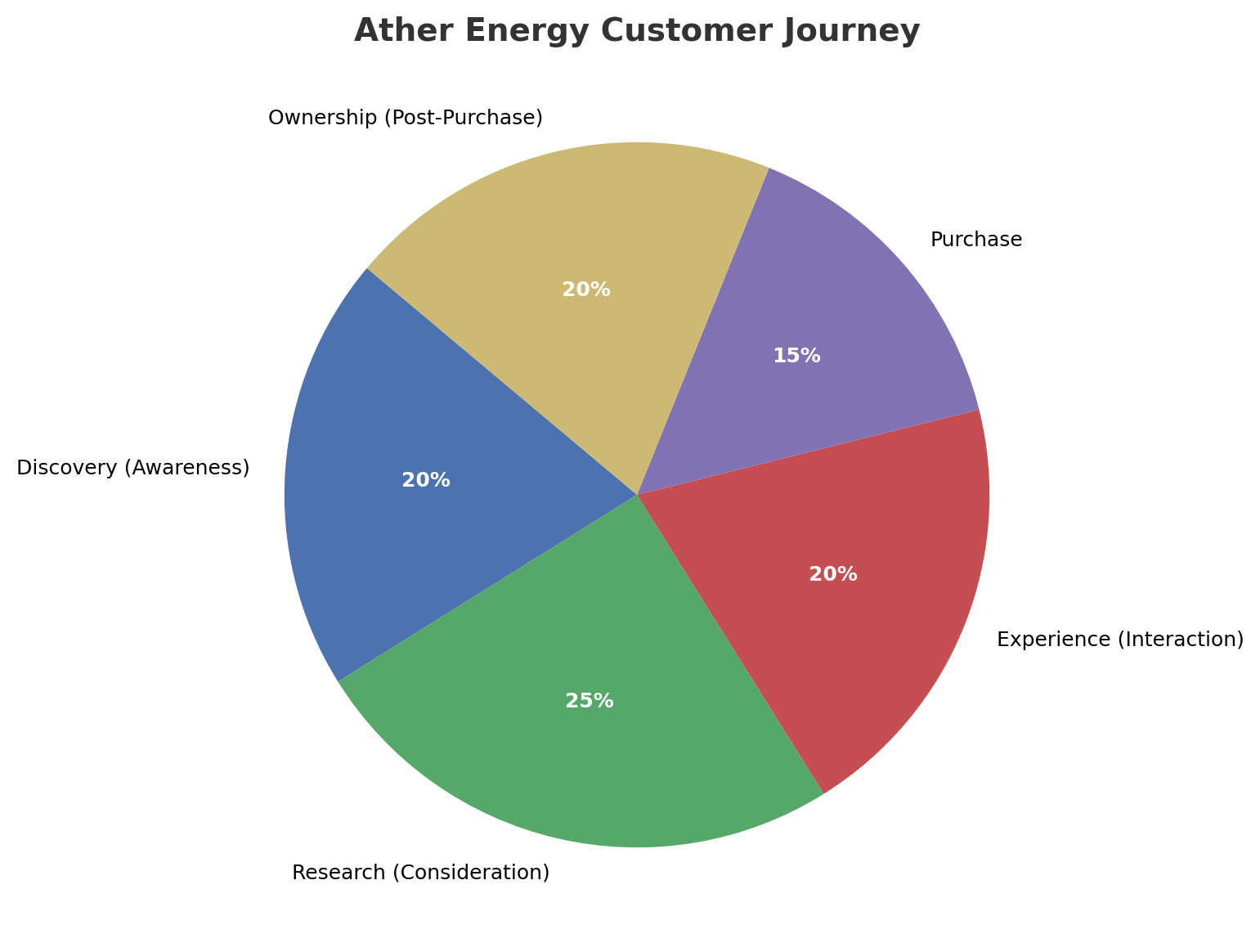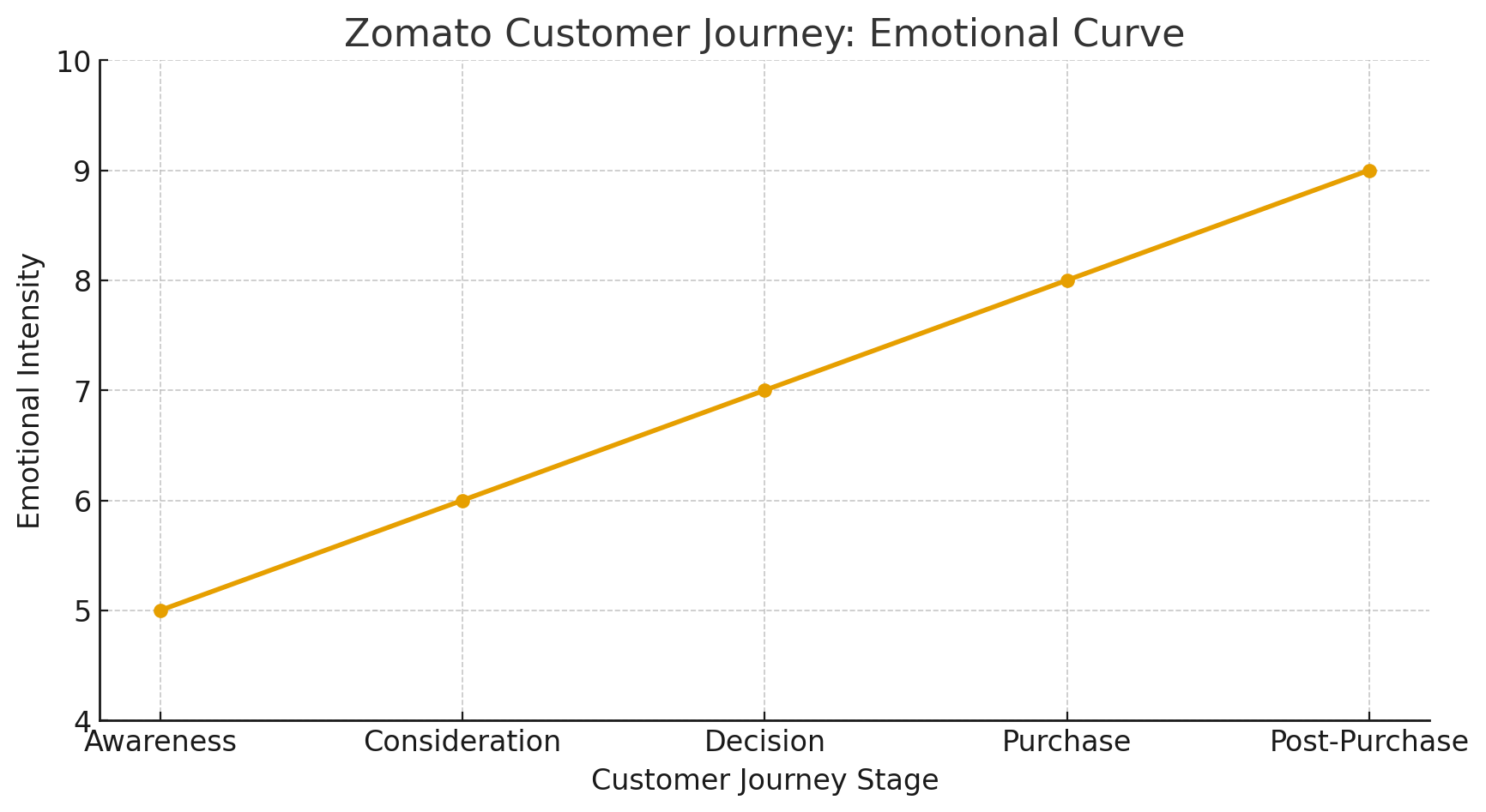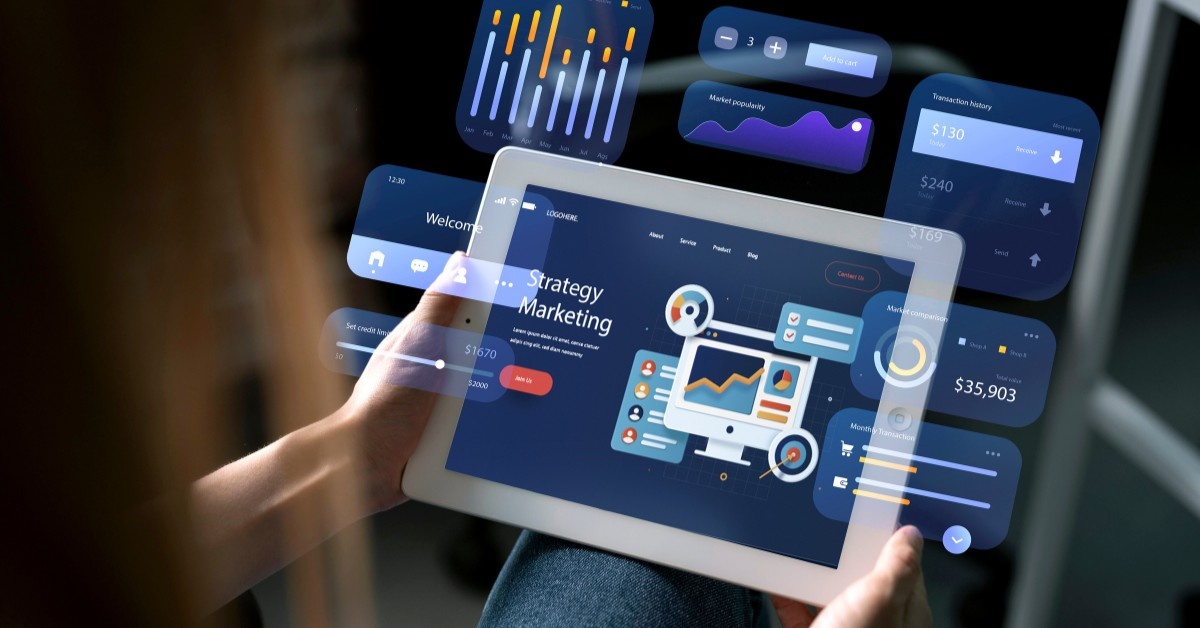7-Step Guide to Building a Solid Customer Journey Map For Your Brand
Customers today juggle between websites testimonials, social media product reviews, and Reddit conversations, and trying to keep track of that journey can feel like a nightmare for any marketing leader.
The real problem is that we often forget to put ourselves in the buyer’s shoes.
We’ll guide you through a clear 7-step process to build a solid customer journey map for your brand, packed with real-world examples from businesses you know, both in India and globally.
Our goal is to help you create a customer journey map that goes beyond a presentation; it will become a core part of how you attract and retain your customers to your brand.
What do you mean by customer journey mapping?
A unified, visual representation of the customer's experience with a brand. It helps marketing leaders allocate budgets smarter, align teams, and create experiences that actually convert.
For example, let's consider a popular new-age Indian brand: Ather Energy.
A customer journey map wouldn't just be about a single online sale for Ather. It would be a detailed visual chart of a potential buyer's entire buyer process:

By mapping this entire flow, Ather's marketing head can identify exactly where to invest, be it in better online review management, a smoother test ride booking system, or clearer communication during the financing stage to ensure a premium experience from start to finish.
What is a touchpoint in a customer journey map?
A touchpoint in a customer journey map is any moment where a customer directly interacts with your brand, whether online or offline.
It could be an Instagram ad, a website visit, a test ride, or a support call.
Each touchpoint shapes the customer’s perception and influences whether they move forward or drop off in their journey.
Why Your Current Customer Understanding Might Be Flawed
Many businesses operate with a fragmented view of their customers. There is no connection between marketing, sales or operations.
This siloed approach leads to inconsistent messaging and an unpleasant customer experience.
Over time, it erodes trust and makes even loyal customers question whether your brand truly understands them. Without fixing this gap, growth efforts turn into guesswork rather than strategy.
Our 7-Step Framework for a Solid Customer Journey Map
We’ve built a 7-step process that covers most of the customer touchpoints. It’s practical for your teams and inspired by strategies top marketing firms use.
Step 1: Define Primary Goals & Objectives
First, ask yourself: What is the primary goal of this map? Are you trying to increase app downloads, reduce cart abandonment, or improve the onboarding experience?
Your objective will define the scope of your map. For instance, a map for a new user's first week will look very different from one detailing the lifecycle of a loyal, long-term customer.
When the Global music brand Spotify wanted to enhance its music-sharing feature, its objective was clear: to understand the user's experience of sharing music to identify friction points and opportunities. This focused scope allowed them to map a very specific user flow and pinpoint precise moments for improvement.
Step 2: Set Clear Customer Personas
You cannot map a journey without knowing who is on it. A persona is not just a demographic profile. It is a living snapshot of what your customer wants, likes, and expects from you.
Many brands don’t go beyond the basic demographics of age, sex, income, and location, which barely scratches the surface.
A good persona captures sociographic and psychographic factors such as choices, motivations, decision triggers, and frustrations of their buyer in the funnel stage.
For example, is your customer someone who values speed over cost, or do they crave hand-holding and reassurance before buying?
Here is a comparison of typical customer personas for Flipkart and Amazon India:
Step 3: Identify and List All Customer Touchpoints
Touchpoints are any point in time a customer or potential customer comes into contact with your brand. Brainstorm every possible interaction, from the initial advertisement they see to the post-purchase follow-up email.
Involve representatives from different departments like marketing, sales, customer service, and even product development to ensure a comprehensive list.
Common touchpoints include:
- Google/Meta ads, Linkedin ads
- Blog posts and thought leadership articles
- Public forums/ discussion centers
- Website and landing pages
- Customer reviews on socials
- Sales calls/cold calls
- Physical stores
- Mobile app via QR codes
- Customer support chats/ AI chatbots
Step 4: Map the Customer's Actions and Emotions
This is where you truly step into the customer's shoes. For each touchpoint, detail the actions the customer takes. Followed by this, you need to map their emotional journey. Are they excited, confused, frustrated, or delighted at each stage?
Let's analyse a simplified version of the Zomato customer journey via this line-graph explaining each of the different stages of awareness in a customer journey:

By understanding these emotional shifts, Zomato can identify opportunities to enhance the experience, for instance, by providing more personalised recommendations to reduce the feeling of being overwhelmed.
Step 5: Identify Pain Points and Moments of Truth
With the customer's actions and emotions mapped out, the pain points will become very obvious. These are the areas of friction where your customer struggles.
Identify the "moments of truth" or, to put it simply, the critical touchpoints that have a massive impact on the customer's overall perception of your brand.
Common Pain Points of customers while interacting with a brand:
- A confusing website navigation.
- Slow loading times.
- Unexpectedly high shipping costs at checkout.
- A complicated returns process.
- Long wait times for customer support.
Step 6: Strategize and Implement Solutions
This is where your customer journey map transforms from a document into a strategic tool.
Here’s how to turn a journey map into an actionable tool:
- Use the customer journey map to turn insights into practical actions, not just observations.
- Match solutions to pain points and rank them by impact and feasibility.
- Assign clear ownership so each fix has accountability across teams.
- Test small changes quickly before scaling larger initiatives.
- Track the outcome of implemented solutions to see if they truly improve the journey.
Step 7: Review, Iterate, and Measure Your Customer Journey Map
A customer journey map needs to be regularly reviewed and updated as customer behaviours and your business evolve. Set up key performance indicators (KPIs) to measure the impact of the changes you implement.
KPI Metrics to Track:
- Conversion rates at each stage of the funnel.
- Customer satisfaction (CSAT) scores.
- Net Promoter Score (NPS).
- Customer churn rate.
- Average resolution time for customer support tickets.
The Path Forward
Building a comprehensive customer journey map is an investment in understanding your most valuable asset: your customer.
It provides the clarity needed to make smarter marketing decisions, improve customer retention, and ultimately drive growth.
The process requires cross-functional collaboration and a commitment to seeing your brand through your customer's eyes.
Do you want more traffic?

How to Scale Personalisation in ABM Without Losing Focus?
.png)
Why Small Tasks Are the Next Big Revolution in Business Efficiency?











